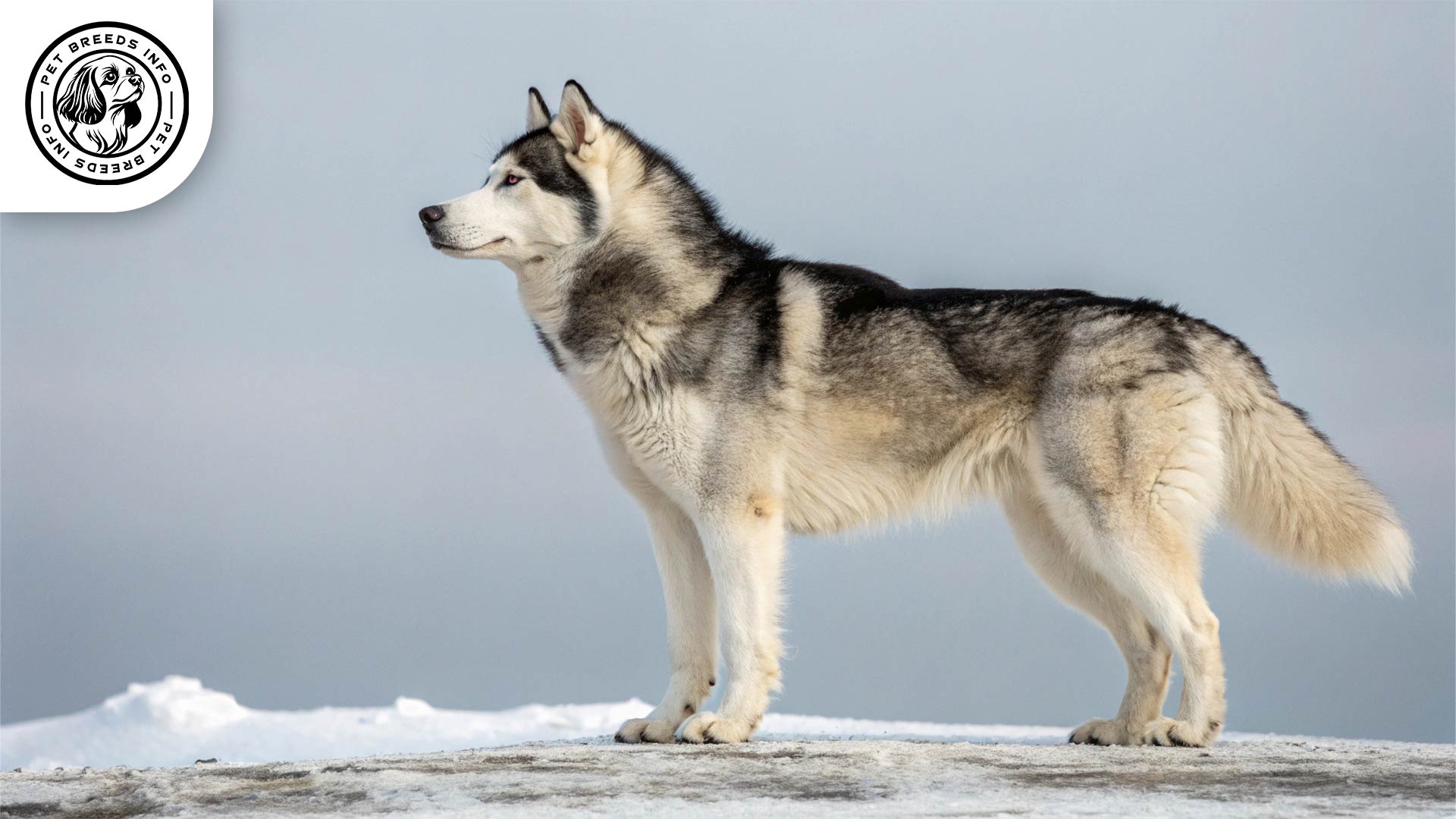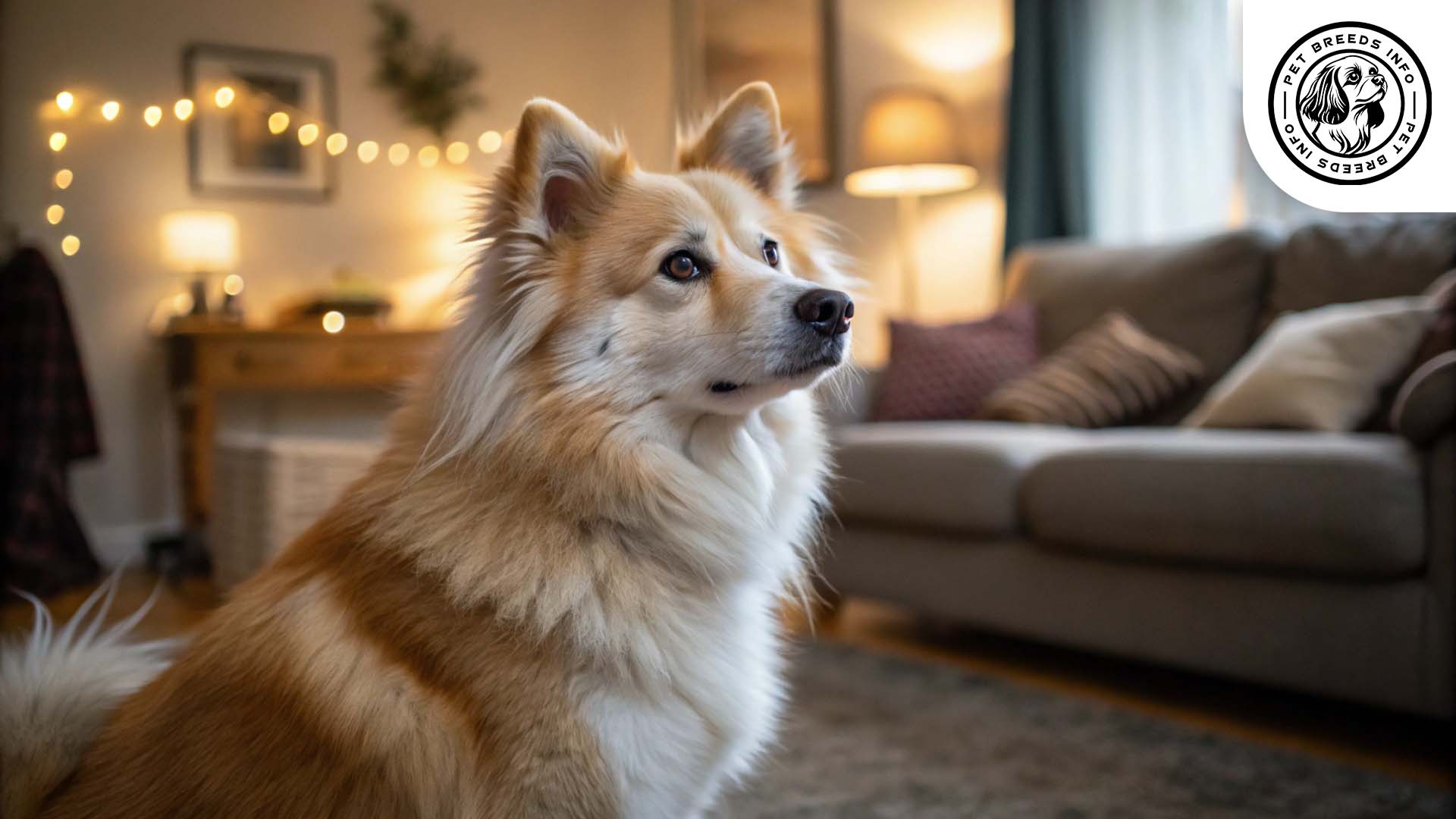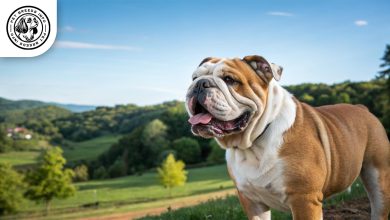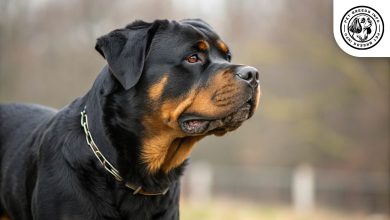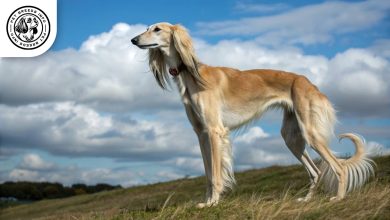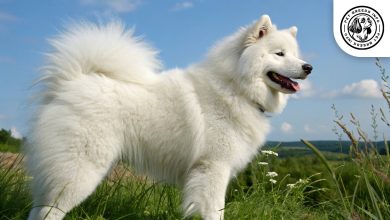Alaskan Husky Dog Breed: Size, Health, Price & Personality
General Introduction of the Breed
The Alaskan Husky is a highly skilled and energetic working dog bred primarily for sledding and endurance. Unlike purebred dogs, the Alaskan Husky is a category of sled dogs rather than a recognized breed, developed through selective breeding for performance rather than appearance.
Originating from Alaska, this breed has been carefully bred by mushers for its speed, endurance, and ability to withstand extreme cold. It shares ancestry with Siberian Huskies, Alaskan Malamutes, and various other working dogs.
Table of Contents
| Weight | 35-60 lbs |
| Lifespan | 10-15 years |
| Diet | High-protein, high-fat diet, raw or kibble |
| Care | Needs vigorous daily exercise, moderate shedding, regular grooming |
| Health | Prone to hip dysplasia, thyroid disorders, and eye issues |
| Color | Black, gray, white, tan, red |
| Nature | Energetic, intelligent, friendly, loyal |
| Price | $500 – $3,000 |
Physical Characteristics
The Alaskan Husky varies widely in size and appearance, depending on its lineage and purpose. Males typically weigh between 40 to 60 pounds (18 to 27 kg) and stand about 23 to 26 inches (58 to 66 cm) tall, while females weigh between 35 to 55 pounds (16 to 25 kg) and stand 22 to 25 inches (56 to 63 cm) tall.
Their coat is medium-length, dense, and designed for insulation. Coat colors can range from black, gray, white, tan, and red to a combination of these shades. These dogs often have almond-shaped eyes that can be blue, brown, or a mix of both.
They have erect, pointed ears, and their tails are typically curved or slightly bushy. Their build is generally lean and athletic, with large paws that provide good traction on snow.
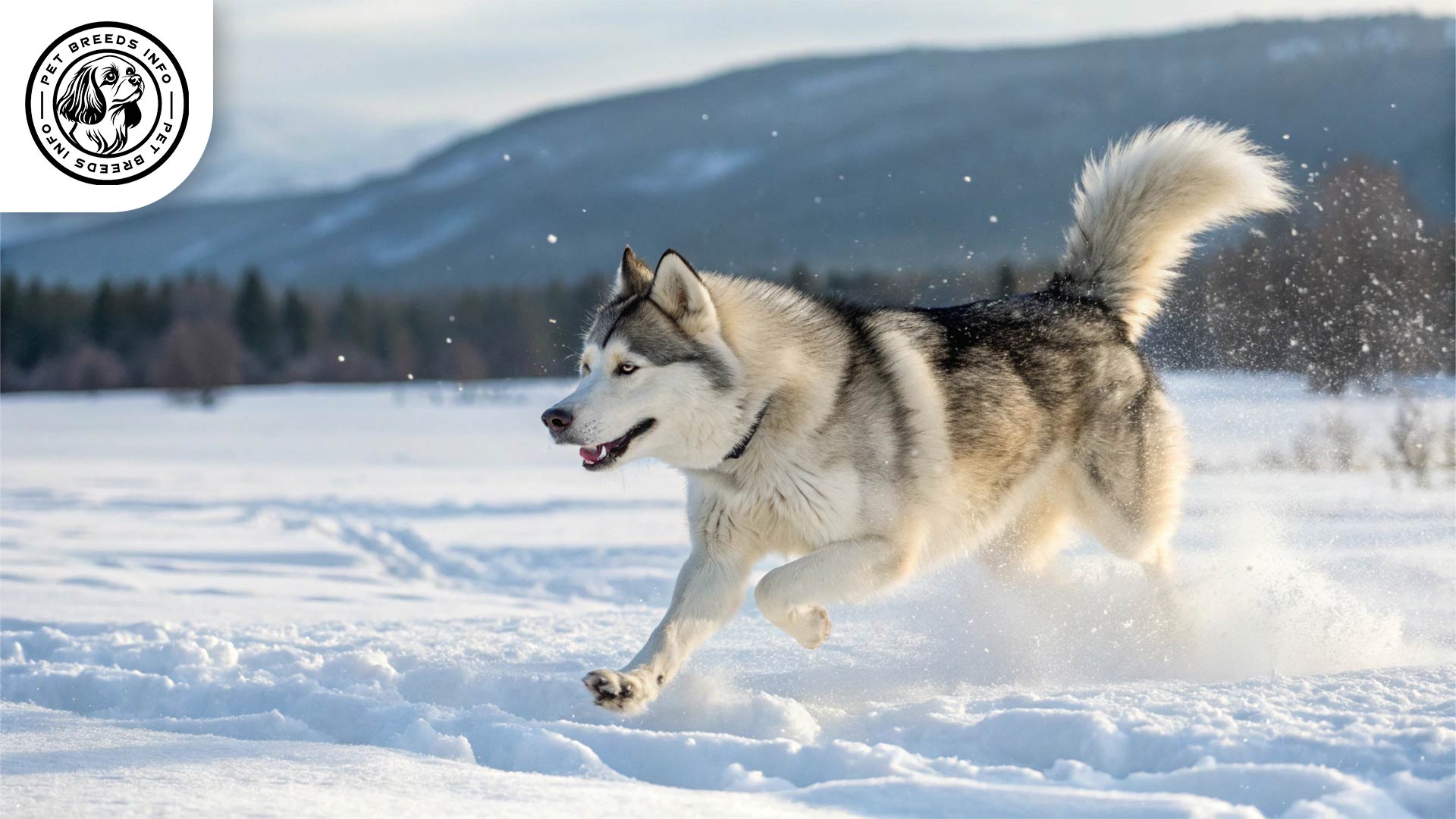
Personality and Temperament
The Alaskan Husky is highly intelligent and quick to learn but can sometimes display independence. They are extremely energetic and require constant mental and physical stimulation.
They are loyal to their owners and friendly, making them affectionate companions. However, they are not known to be good guard dogs due to their sociable nature.
The breed is generally good with children and other dogs but may have a prey drive toward smaller animals. They thrive in active environments and can be sensitive to their surroundings.
Care and Maintenance Requirements
The Alaskan Husky requires vigorous daily exercise, including running, hiking, or sledding. They are best suited for homes with spacious yards or owners who engage in outdoor activities.
Read More: Taiwanese Dog
Grooming-wise, they are moderate shedders and need brushing a few times a week. They shed more during seasonal coat changes. Regular nail trimming, ear cleaning, and occasional bathing are recommended. These dogs are highly tolerant of cold but struggle in hot and humid climates.
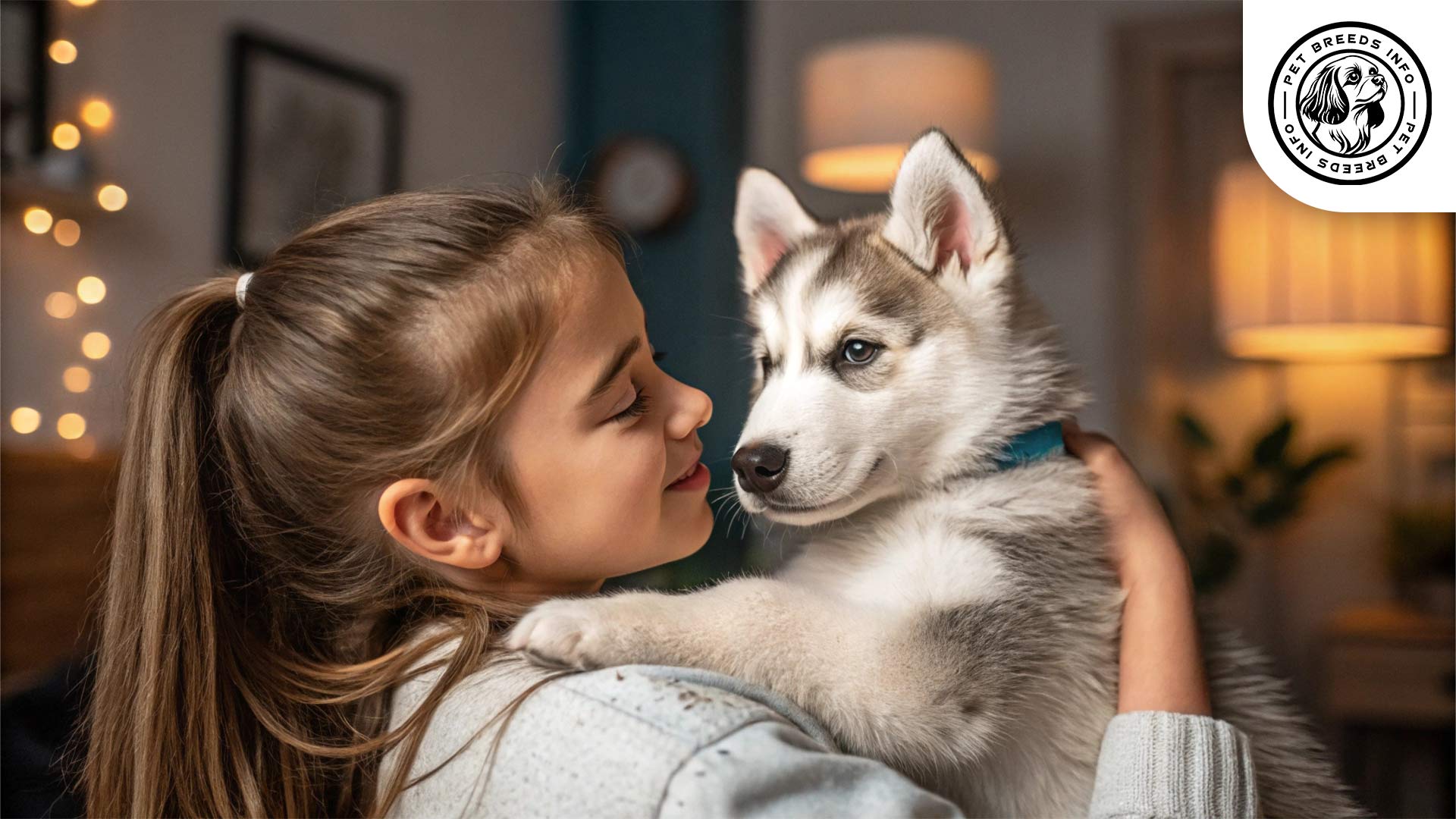
Diet and Nutrition
Alaskan Huskies need a high-protein, high-fat diet to support their energy levels. Dry kibble, raw diets, or specially formulated working dog food are good choices.
Foods to avoid include chocolate, onions, garlic, and overly processed human foods. Portion sizes depend on activity levels but usually range from 2 to 4 cups of high-quality food per day, split into two meals.
Health and Common Medical Issues
Common health issues in Alaskan Huskies include hip dysplasia, progressive retinal atrophy, and thyroid disorders. They may also suffer from exercise-induced collapse.
The average lifespan of an Alaskan Husky is 10 to 15 years. Routine veterinary care includes vaccinations, flea and tick prevention, and regular check-ups.
Training and Behavior Management
Training an Alaskan Husky can be a challenge due to their independent and sometimes stubborn nature. They require patient, consistent training with positive reinforcement.
Read More: Canadian Eskimo Dog
Early socialization and obedience training are essential to prevent unwanted behaviors such as excessive barking or digging. Using rewards and consistent commands works best.
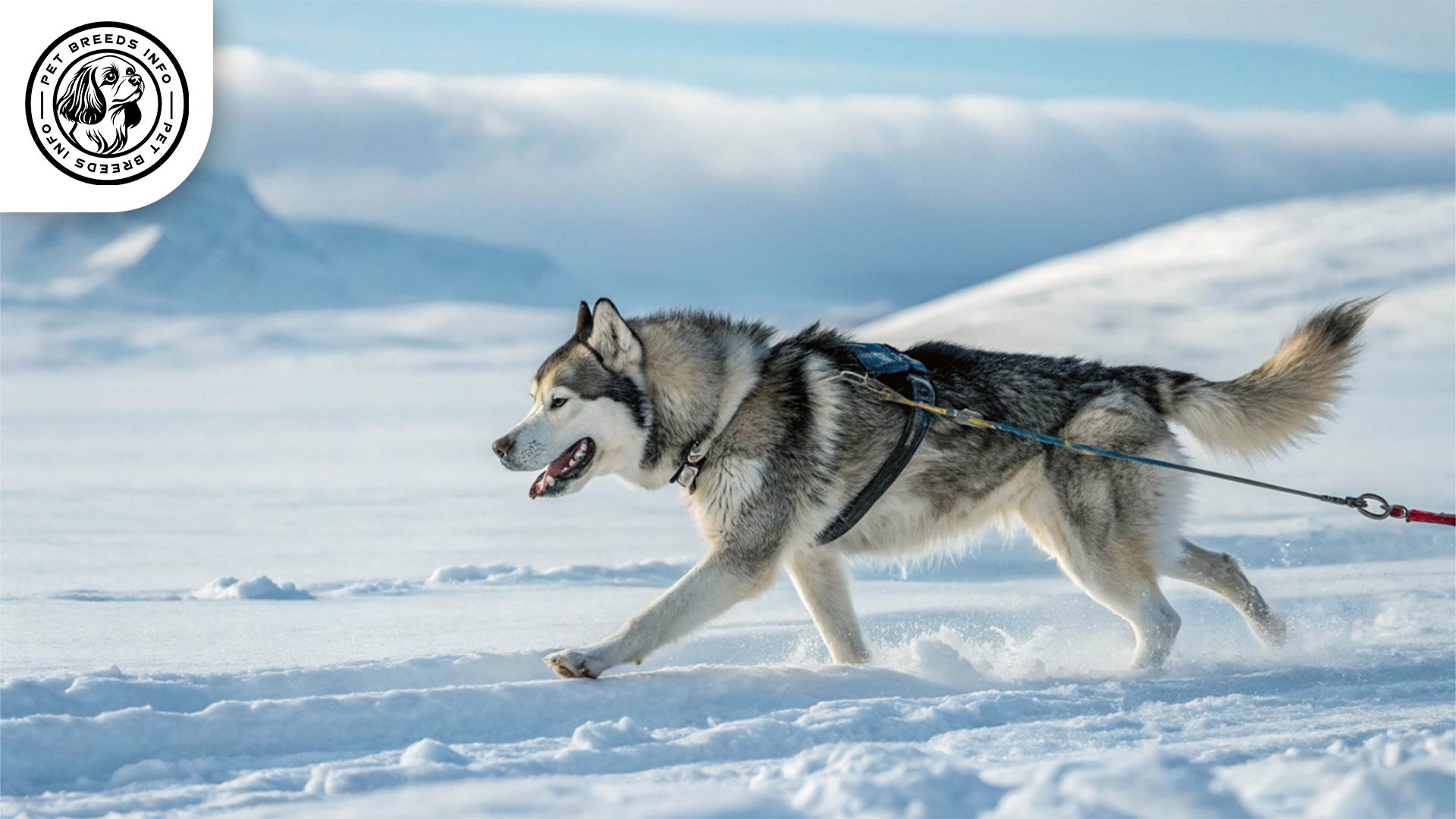
Interaction with Other Animals and Humans
Alaskan Huskies are friendly and tend to get along well with children and other dogs. Their high energy makes them best suited for active families.
They require companionship and do not do well when left alone for long periods. While affectionate, they are also independent thinkers and may show a desire to roam.
Price and Availability
The price of an Alaskan Husky varies depending on lineage and training, typically ranging from $500 to $3,000 for working-line pups.
Potential owners should research reputable breeders who breed for health and performance. Adoption from shelters or sled dog rescues is also an option.
Conclusion and Final Thoughts
The Alaskan Husky is an excellent companion for active individuals or families who can meet its energy needs. It is not ideal for apartment living or first-time dog owners.
Potential owners should be prepared for intensive exercise routines, regular grooming, and extensive training. These dogs thrive in colder climates and require space to run and play.
Before getting an Alaskan Husky, ensure you can provide the time, dedication, and environment necessary for this high-energy and affectionate breed.
Read More: Greenland Dog
FAQ
Is the Alaskan Husky suitable for apartment living?
No, they require plenty of space and vigorous exercise, making them unsuitable for apartment life.
How much exercise does an Alaskan Husky need?
They need daily vigorous exercise, such as running, hiking, or sledding, to keep them mentally and physically stimulated.
Are Alaskan Huskies good with other dogs?
Yes, they tend to get along well with other dogs and are friendly with children, although they may have a prey drive toward smaller animals.
What are common health issues in Alaskan Huskies?
They may experience hip dysplasia, progressive retinal atrophy, thyroid disorders, and exercise-induced collapse.
